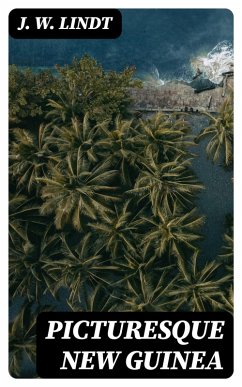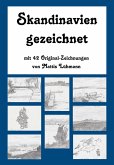In "Picturesque New Guinea," J. W. Lindt captures the vibrant landscapes and diverse cultures of New Guinea through a meticulous collection of photographs and illustrations paired with descriptive prose. This seminal work, published in the late 19th century, is a reflection of Lindt's exploration of the region during a time when Western interest in the Pacific islands was burgeoning. The literary style seamlessly intertwines naturalistic detail with romanticized depictions, serving both as an ethnographic document and a visual travelogue that evokes the exoticism of the South Seas. Lindt's ability to convey the majesty of New Guinea's topography and the complexity of its indigenous cultures is a testament to his keen observational skills and artistic vision. J. W. Lindt was a pioneering photographer and explorer, known for his in-depth studies of the Pacific Islands. His passion for capturing the unfiltered essence of the locales he visited stemmed from his upbringing in a time when adventure and discovery were prized virtues. Lindt's experiences and interactions with the indigenous peoples not only deepened his understanding of their societies but also informed his desire to share these narratives with a Western audience eager for knowledge of far-off lands. "Picturesque New Guinea" is highly recommended for readers interested in photography, travel literature, or anthropology. Lindt's work offers a unique glimpse into a world that is both strikingly beautiful and richly complex. His thorough documentation of New Guinea's landscapes and cultures remains invaluable for those seeking to appreciate the intricate tapestry of human experience and natural beauty.
Dieser Download kann aus rechtlichen Gründen nur mit Rechnungsadresse in A, B, BG, CY, CZ, D, DK, EW, E, FIN, F, GR, H, IRL, I, LT, L, LR, M, NL, PL, P, R, S, SLO, SK ausgeliefert werden.









